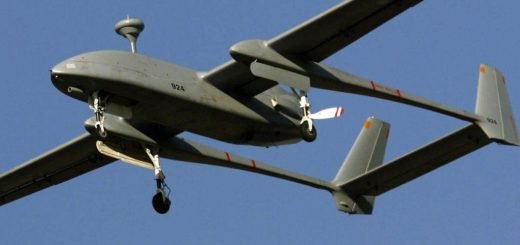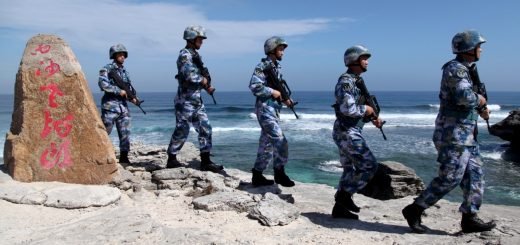Operation Khukri: One of the bravest Indian Peacekeeping Missions Abroad
223 Indian soldiers kept captive by a bunch of rag-tag rebels for 75 days: that sounds unimaginable now, but it was just 17 years ago, in 2000, that a company of Gorkha soldiers serving in a UN peacekeeping mission underwent this ignominy, 10,000 kilometres away from India, in Sierra Leone. Fortunately for them, the military commander of that UN mission was an Indian Major General, V.K. Jetley, and there was a substantial Indian military component in the mission.
Operation Khukri was a courageous rescue mission conducted by the Indian Army Para Commandos in the western part of Africa in June 2000. With the objective to break the 75 days long siege laid by armed rebels of the RUF (Revolutionary United Front)
Two companies of 5/8th Gorkha Rifles Infantry Battalion Group at Kailahun by effecting a fighting break out and redeploying them with the main battalion at Daru.
Even then, the rescue operation was not easy to get underway, let alone execute. UN missions have their own unique and complicated — dynamics between officials, military commanders, contributing countries and the UN Security Council in New York.
On top of these complexities, the then UN Secretary-General, Kofi Annan, was from West Africa, and took a keen — some may call it meddlesome — interest in that mission. The Nigerians resented the Indians as they considered Sierra Leone to be in their sphere of influence, and seemed to derive sadistic pleasure from the Indian discomfort at the hostage crisis. The Americans and the British made all the right noises but were unwilling to support New Delhi’s call for military action to end the ordeal of the captive soldiers.
The mission was a total success which resulted in the safe rescue of all the hostages where Indian and Nepali troops were part of a multinational UN peacekeeping force. About 120 Special Force operators commanded by Major (now Lt. Col.) Harinder Sood were airlifted from New Delhi to spearhead the mission to rescue the peacekeepers, thousands of miles away from home.

Rebel fighters of the Revolutionary United Front gave themselves names like Baby Killer and Belly Slasher | Image: Daily Mail
However, the situation was further complicated by the legal status of the UN mission, and its limited mandate to actually use force. The UN was keen to somehow negotiate with the rebels through diplomatic channels to secure the release of the Indian soldiers. New Delhi had also initiated negotiations with the rebels through the Liberian president and notorious warlord, Charles Taylor (Taylor was later convicted by the International Criminal Court for war crimes. Supermodel Naomi Campbell would testify against him and tell the court about his ‘dirty-looking stones’, referring to blood diamonds).
In exchange for giving Taylor’s two daughters admission in an undergraduate course in a prestigious Delhi college, the release of another 23 Indian soldiers kept hostage by Sierra Leonean rebels, in addition to the 223 mentioned earlier, was organized. But when negotiations through Taylor stalled, there was no choice for Jetley but to launch a military operation to rescue the 223 men. The Indian government agreed, and an all-party meeting, too, gave the go-ahead. Annan’s concurrence was less unambiguous: it is your call, he told Jetley.
Mainly Indian troops and equipment, including a team of 2 Para Special Forces, Jetley launched the operation, which was nominally under the UN flag. 2 Para had managed to embed an officer amongst the rebels, as a driver-cum-helper to a rebel leader, during the negotiations, which provided invaluable intelligence to Jetley.

This remarkable overseas mission remains a feather in the cap of Indian Armed Forces | Defence News India
The operation was a complete success with no Indian and Nepali casualties other than a few shrapnel wounds. The Special Air Service who were present as part of the British force loaned the Para Commandos their Chinook transport helicopters for the initial assault.
After the dust of the operation had settled, a question that Dr Manmohan Singh, then the leader of the Opposition in the Rajya Sabha, had asked at the all-party meeting hung in the air: ‘Why are we there in Sierra Leone in the first place? What strategic interest of ours does it serve?’ This question would trigger a re-think on how India chose UN assignments. But that was in the future.
First, 223 Indian soldiers had to be rescued from the steamy tropical forests of West Africa.
Operation Khukri is always narrated as the story of what transpired before and during this mission overseas, and how things eventually turned out.
Excerpts from the Sushant Singh’s Book Operation Khukri: Hostage Rescue in Sierra Leone



















